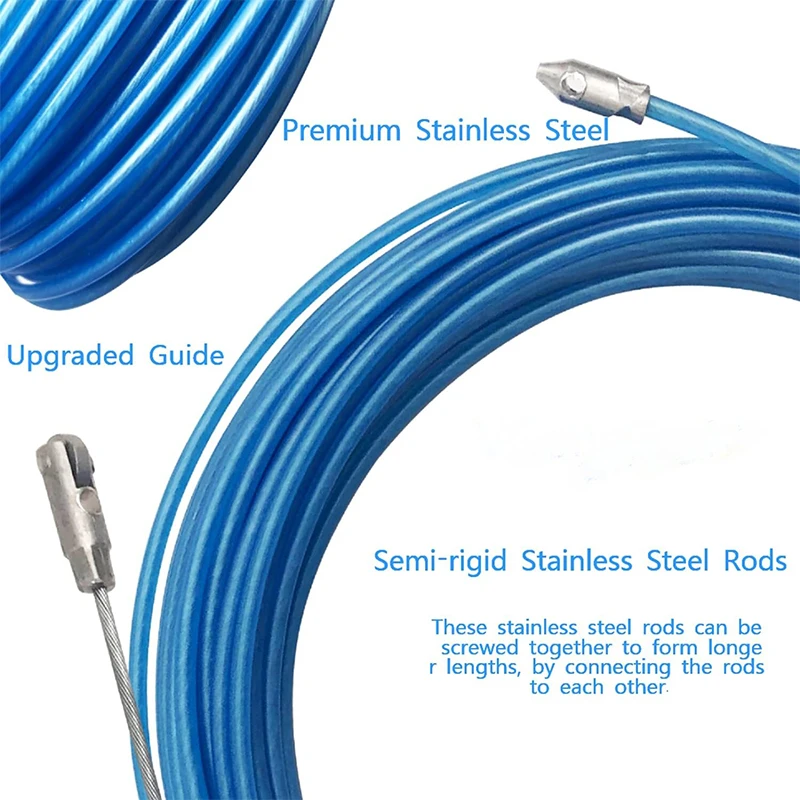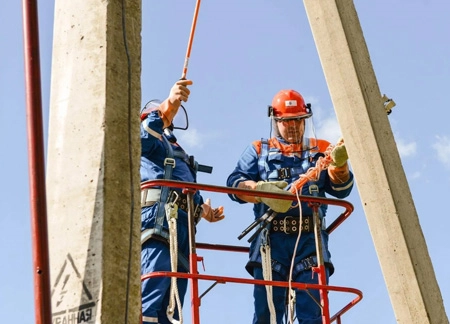
-
 Afrikaans
Afrikaans -
 Albanian
Albanian -
 Amharic
Amharic -
 Arabic
Arabic -
 Armenian
Armenian -
 Azerbaijani
Azerbaijani -
 Basque
Basque -
 Belarusian
Belarusian -
 Bengali
Bengali -
 Bosnian
Bosnian -
 Bulgarian
Bulgarian -
 Catalan
Catalan -
 Cebuano
Cebuano -
 Corsican
Corsican -
 Croatian
Croatian -
 Czech
Czech -
 Danish
Danish -
 Dutch
Dutch -
 English
English -
 Esperanto
Esperanto -
 Estonian
Estonian -
 Finnish
Finnish -
 French
French -
 Frisian
Frisian -
 Galician
Galician -
 Georgian
Georgian -
 German
German -
 Greek
Greek -
 Gujarati
Gujarati -
 Haitian Creole
Haitian Creole -
 hausa
hausa -
 hawaiian
hawaiian -
 Hebrew
Hebrew -
 Hindi
Hindi -
 Miao
Miao -
 Hungarian
Hungarian -
 Icelandic
Icelandic -
 igbo
igbo -
 Indonesian
Indonesian -
 irish
irish -
 Italian
Italian -
 Japanese
Japanese -
 Javanese
Javanese -
 Kannada
Kannada -
 kazakh
kazakh -
 Khmer
Khmer -
 Rwandese
Rwandese -
 Korean
Korean -
 Kurdish
Kurdish -
 Kyrgyz
Kyrgyz -
 Lao
Lao -
 Latin
Latin -
 Latvian
Latvian -
 Lithuanian
Lithuanian -
 Luxembourgish
Luxembourgish -
 Macedonian
Macedonian -
 Malgashi
Malgashi -
 Malay
Malay -
 Malayalam
Malayalam -
 Maltese
Maltese -
 Maori
Maori -
 Marathi
Marathi -
 Mongolian
Mongolian -
 Myanmar
Myanmar -
 Nepali
Nepali -
 Norwegian
Norwegian -
 Norwegian
Norwegian -
 Occitan
Occitan -
 Pashto
Pashto -
 Persian
Persian -
 Polish
Polish -
 Portuguese
Portuguese -
 Punjabi
Punjabi -
 Romanian
Romanian -
 Russian
Russian -
 Samoan
Samoan -
 Scottish Gaelic
Scottish Gaelic -
 Serbian
Serbian -
 Sesotho
Sesotho -
 Shona
Shona -
 Sindhi
Sindhi -
 Sinhala
Sinhala -
 Slovak
Slovak -
 Slovenian
Slovenian -
 Somali
Somali -
 Spanish
Spanish -
 Sundanese
Sundanese -
 Swahili
Swahili -
 Swedish
Swedish -
 Tagalog
Tagalog -
 Tajik
Tajik -
 Tamil
Tamil -
 Tatar
Tatar -
 Telugu
Telugu -
 Thai
Thai -
 Turkish
Turkish -
 Turkmen
Turkmen -
 Ukrainian
Ukrainian -
 Urdu
Urdu -
 Uighur
Uighur -
 Uzbek
Uzbek -
 Vietnamese
Vietnamese -
 Welsh
Welsh -
 Bantu
Bantu -
 Yiddish
Yiddish -
 Yoruba
Yoruba -
 Zulu
Zulu


TEL:
0086-311-88862036
Jan . 23, 2025 03:18 Back to list
cable clamp
In the complex and demanding world of industrial applications, one component plays a vital role that often goes unnoticed the cable tension clamp. This robust piece of equipment is not only instrumental in ensuring the safety and performance of cable systems but also serves as a cornerstone in a broad spectrum of industries ranging from telecommunications to energy distribution.
The installation of cable tension clamps is a critical stage that demands both skill and precision. Incorrect installation can lead to inadequate tension, thereby compromising system integrity. It is imperative for technicians to receive comprehensive training and utilize precision tools, such as calibrated torque wrenches, to achieve perfect tension. Advanced simulation software is now available to predict tension outcomes, offering additional layers of assurance and reliability in the installation process. The evolution of smart technology has not bypassed cable tension clamps. Modern innovations incorporate sensors that provide real-time data on tension levels, wear and tear, and environmental impacts. These smart clamps allow for proactive maintenance, alerting operators to potential issues before they escalate into failures. This ongoing monitoring ensures the durability and longevity of infrastructure systems, significantly reducing maintenance costs and enhancing safety. Ensuring the reliability of cable tension clamps necessitates partnership with manufacturers and suppliers that hold ISO certifications and adhere to the latest safety and performance standards. Their expertise in material science, mechanical engineering, and applied physics forms the backbone of relentless innovation in this sector. By leveraging their authoritative knowledge and cutting-edge manufacturing techniques, industry leaders produce clamps that not only meet but exceed operational expectations and stringent international standards. To conclude, the critical role of cable tension clamps in industrial applications cannot be overstated. They embody a blend of engineering excellence and meticulous attention to detail, ensuring the secure and stable performance of cable systems across diverse industries. By embracing advancements in technology and committing to exceptional standards of quality and safety, the future of cable tension clamps promises enhanced reliability, efficiency, and sustainability in complex operational environments. Whether through providing the necessary tension in telecom lines or supporting the immense load of power cables, these indispensable tools stand as silent sentinels of modern infrastructure.


The installation of cable tension clamps is a critical stage that demands both skill and precision. Incorrect installation can lead to inadequate tension, thereby compromising system integrity. It is imperative for technicians to receive comprehensive training and utilize precision tools, such as calibrated torque wrenches, to achieve perfect tension. Advanced simulation software is now available to predict tension outcomes, offering additional layers of assurance and reliability in the installation process. The evolution of smart technology has not bypassed cable tension clamps. Modern innovations incorporate sensors that provide real-time data on tension levels, wear and tear, and environmental impacts. These smart clamps allow for proactive maintenance, alerting operators to potential issues before they escalate into failures. This ongoing monitoring ensures the durability and longevity of infrastructure systems, significantly reducing maintenance costs and enhancing safety. Ensuring the reliability of cable tension clamps necessitates partnership with manufacturers and suppliers that hold ISO certifications and adhere to the latest safety and performance standards. Their expertise in material science, mechanical engineering, and applied physics forms the backbone of relentless innovation in this sector. By leveraging their authoritative knowledge and cutting-edge manufacturing techniques, industry leaders produce clamps that not only meet but exceed operational expectations and stringent international standards. To conclude, the critical role of cable tension clamps in industrial applications cannot be overstated. They embody a blend of engineering excellence and meticulous attention to detail, ensuring the secure and stable performance of cable systems across diverse industries. By embracing advancements in technology and committing to exceptional standards of quality and safety, the future of cable tension clamps promises enhanced reliability, efficiency, and sustainability in complex operational environments. Whether through providing the necessary tension in telecom lines or supporting the immense load of power cables, these indispensable tools stand as silent sentinels of modern infrastructure.
Next:
Latest news
What Are Construction Tools and How Are They Used?
NewsJul.11,2025
Professional-Grade Duct Rodding Tools for Superior Cable Installation
NewsJul.11,2025
Enhancing Safety and Efficiency with Modern Hot Stick Solutions
NewsJul.11,2025
Empowering Cable Installation with Advanced Rodder Solutions
NewsJul.11,2025
Elevate Your Cable Installation Projects with Cable Pulling Tools
NewsJul.11,2025
Efficient Cable Handling Solutions: Cable Rollers for Sale
NewsJul.11,2025
Copyright © 2025 Shijiazhuang Bilo Import and Export Trading Co., Ltd. All Rights Reserved. Sitemap | Privacy Policy

BlLo lmport & Éxport is specialized in power and cable equipment andconsiruction tools,Qur main producis are FRP
duct rodder, cable rollerscable pulling winch, cable drum jack, cable pulling sock, etc.
Copyright © 2025 Shijiazhuang Bilo Import and Export Trading Co., Ltd. All Rights Reserved. Sitemap | Privacy Policy










